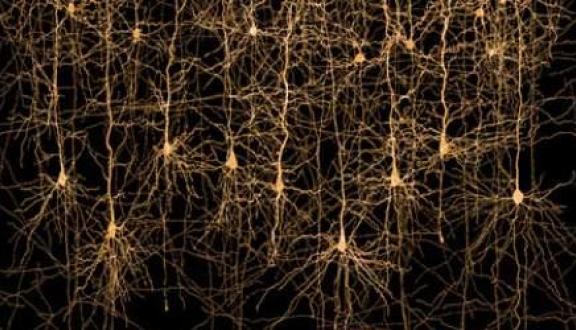Oscar Sasso

Oscar Sasso graduated in Pharmaceutical Chemestry in 2005 at the University of Naples Federico II with a thesis on the modulation of neurophatic and inflammatory pain by the endocannabinoid trasnsport inhibitor. His PhD program started in laboratories of Experimental Department of Pharmacology in Naples under the supervision of Prof. Calignano and in 2009 he obtained a PhD in pharmacology with a thesis on the role of palmitoylethanolamide in central nervous system, in neurosteroids de novo biosinthesis. Part of the studies was accomplished at the CARD Institute of King’s College of London (Prof. M. Malcangio). In 2010 he joined the Drug Discovery and Development group at the Italian Institute of Technology in Genova, where he was initially involved in new molecular targets of inflammation and pain process. Oscar has published 20 original papers in leading international journals and is a co-inventor in three patent applications.
RESEARCH ACTIVITIES:
1. Discovery of a novel mechanistic approach to control inflammation and pain response: N-Acylethanolamine Acid Amidase (NAAA) inhibition.
The amides of fatty acids with ethanolamine (fatty acid ethanolamides [FAEs]) are a family of lipid-derived messengers that participate in the control of multiple physiological functions, including pain and inflammation. Saturated or monounsaturated members of this family, such as palmitoylethanolamide (PEA) and oleoylethanolamide (OEA), are produced in innate immune and neural cells by the action of a selective phospholipase, N-acyl-phosphatidylethanolamine phospholipase D (NAPE-PLD), and exert antinociceptive and anti-inflammatory effects in experimental animals and humans. Such effects are primarily, albeit not exclusively, due to the ability of PEA and OEA to engage the ligand-activated transcription factor, peroxisome proliferator-activated receptor-α (PPAR-α), to which they bind with high affinity. The actions of these lipid messengers are terminated by enzyme-mediated hydrolysis, which is catalyzed by 2 intracellular lipid amidases: N-acylethanolamine acid amidase (NAAA) and fatty acid amide hydrolase (FAAH). NAAA is an N-terminal nucleophile cysteine amidase that displays a strong preference for saturated FAEs such as PEA. Proinflammatory stimuli suppress NAPE-PLD expression in rat and mouse macrophages, stopping FAE production and causing a reduction in the cellular levels of these anti-inflammatory lipid mediators. The latter response is reversed by pharmacological blockade of NAAA-mediated FAE hydrolysis, suggesting that inhibition of intracellular NAAA activity might represent a novel mechanistic approach to control inflammation. In support of this view, we have shown that the compound ARN077 prevents PEA and OEA hydrolysis in activated inflammatory cells and reduces tissue reactions to various proinflammatory triggers.
2. Study of the lipid mediators involved in tissue repair.
Wound healing is a dynamic process involving the activation of intracellular pathways which need to be coordinated to restore the integrity of the injured tissue. The response to injury requires overlapping but distinctive stages (coagulation/inflammation, migration/proliferation and remodelling) in which growth factors (GFs), cytokines and lipid mediators play a crucial role. Factors affecting tissue repair include local (GFs, edema and ischemia, low oxygen tension and infection), regional (arterial/venous insufficiency and neuropathy) and systemic (inadequate perfusion and metabolic diseases) components. Beside the beneficial effects induced by GFs, small molecules have been recognized as important players affecting the healing process. Among these, lipid-derived mediators such as the endocannabinoids exert proliferative and migratory effects by activating G protein-coupled receptors (GPCRs). These compounds play important roles in the control of skin physiology and wound healing. Moreover, other lipid messengers, including palmitoylethanolamide (PEA) and oleoylethanolamide (OEA) can regulate lipid metabolism, skin cell proliferation/differentiation and inflammation by engaging ligand-activated transcription factors such as peroxisome proliferator-activated receptors (PPARs). Hence the importance of broadening the knowledge of the network of pathways triggered by GFs and lipid mediators to improve clinical management of recalcitrant or chronic wounds.

